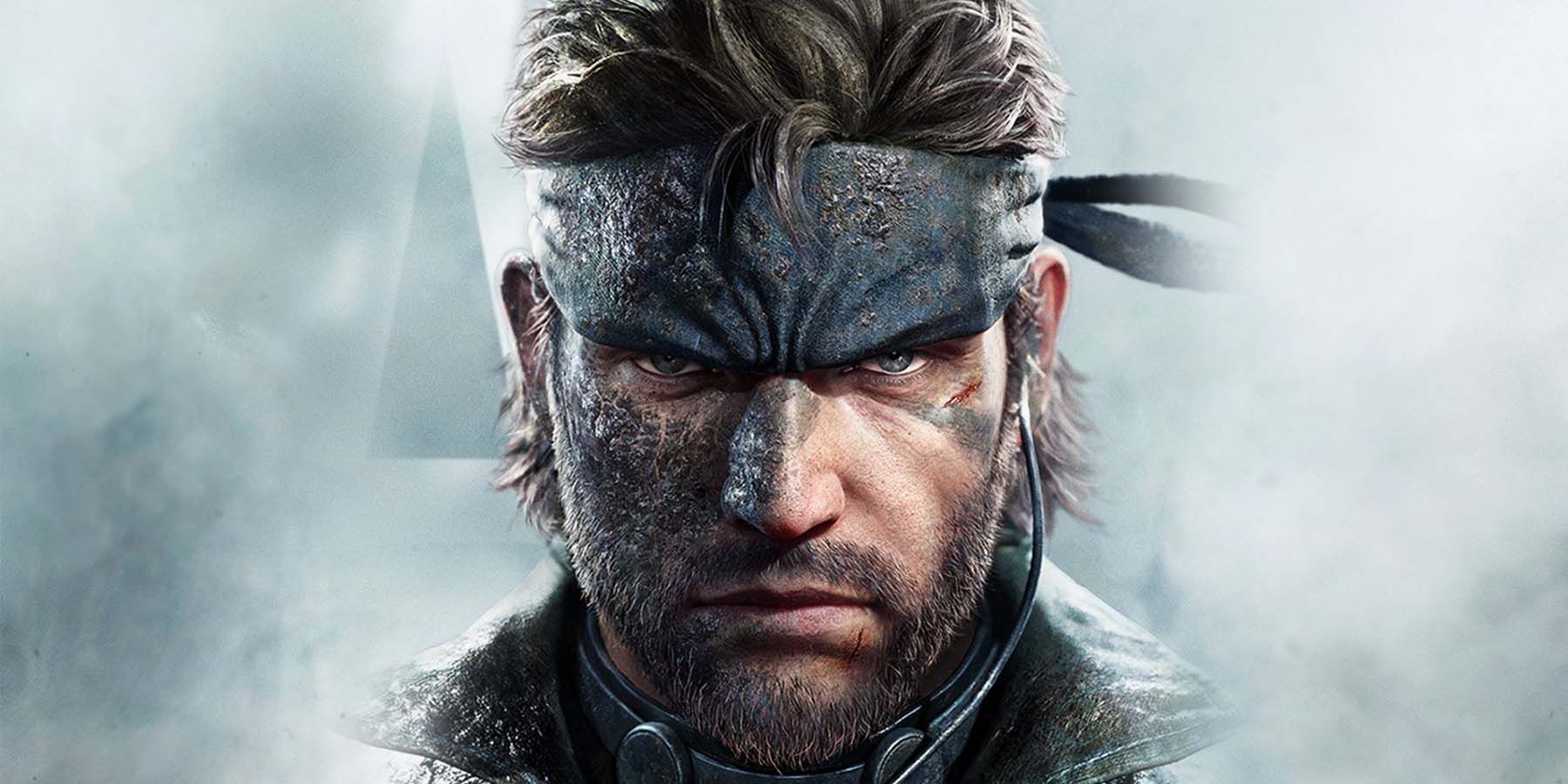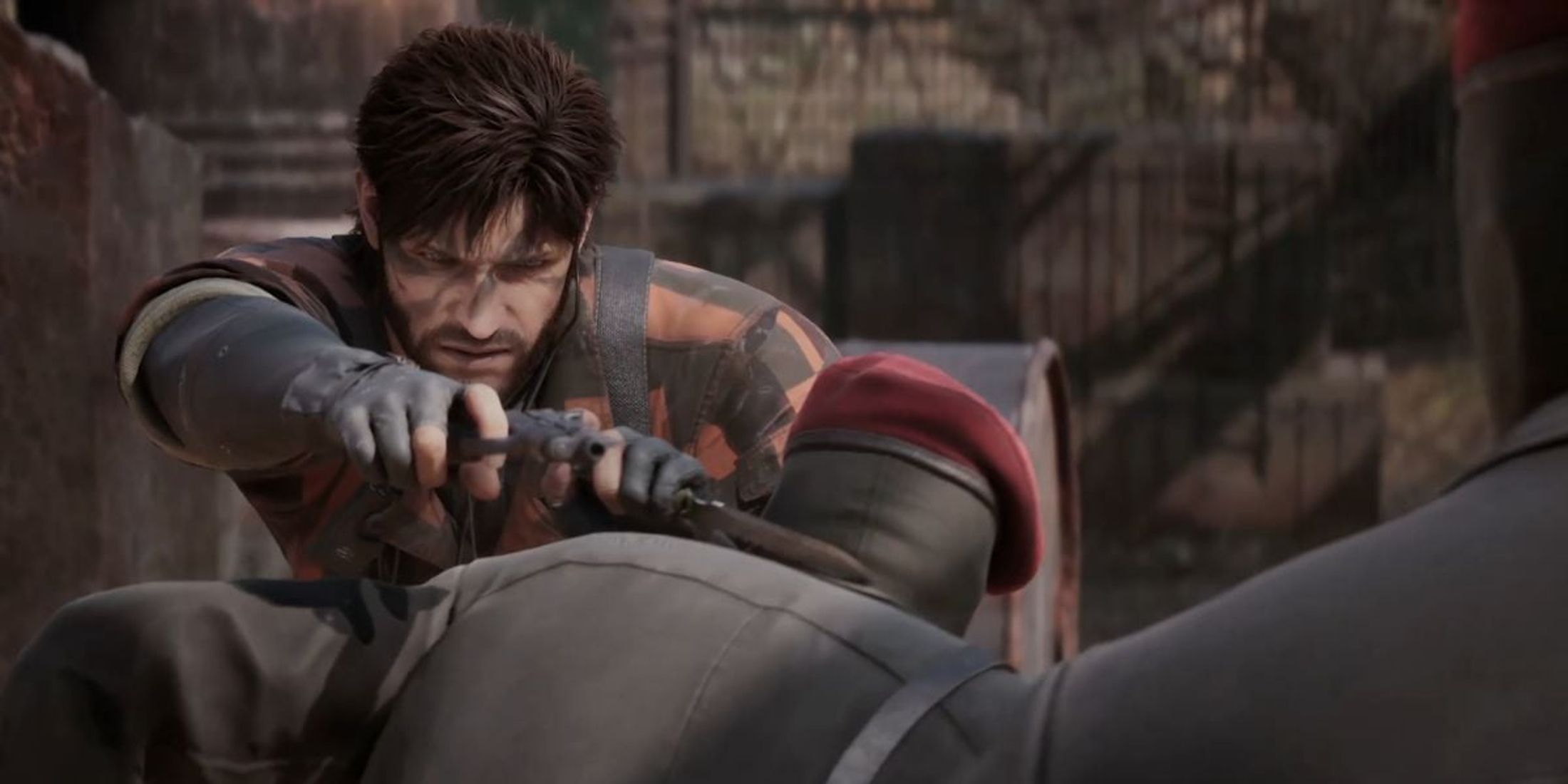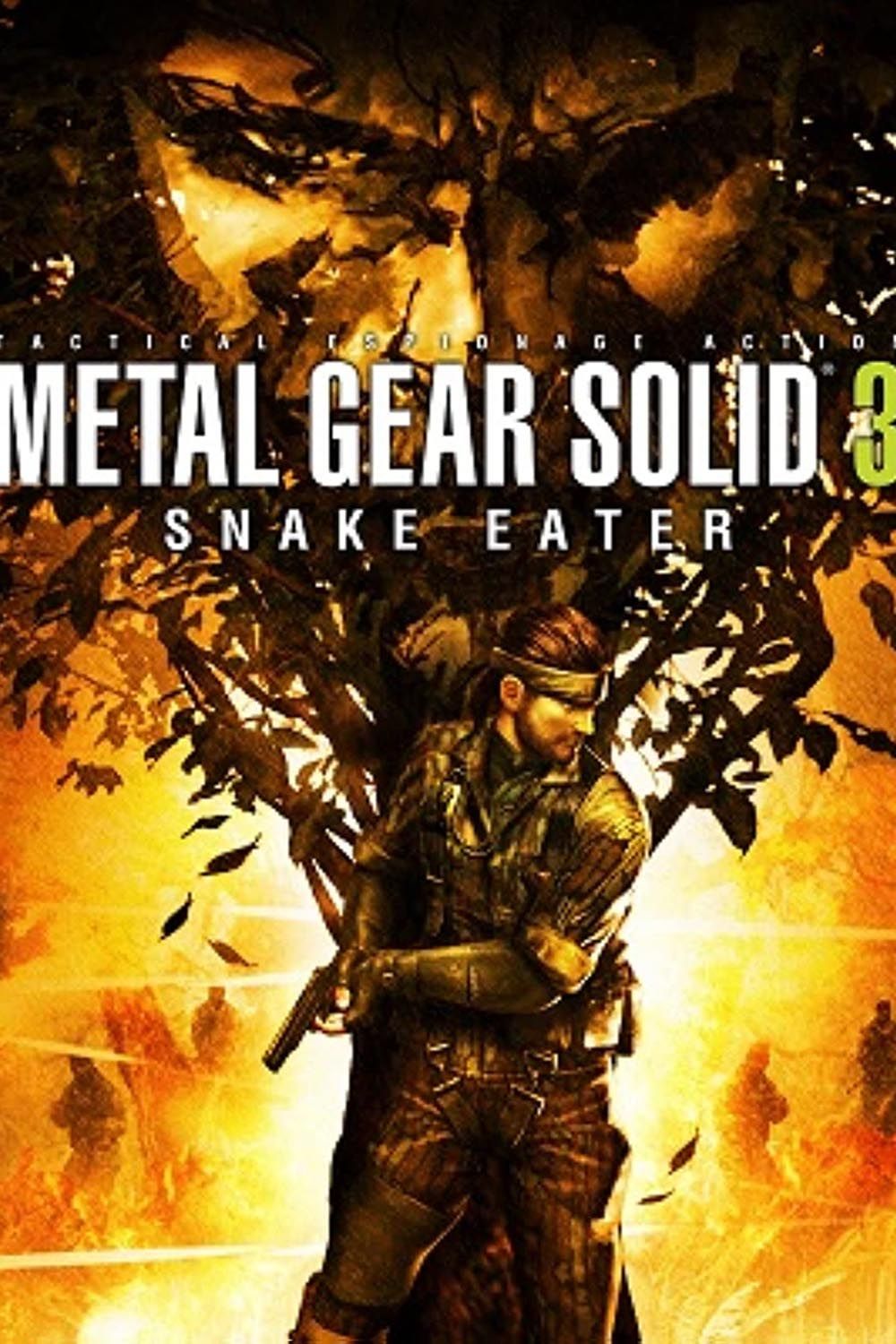Highlights
- Metal Gear Solid Delta: Snake Eater brings new innovations with a battle damage system, a necessary step for the series.
- Metal Gear Solid 3's unique interaction and attention to detail sets the DNA for Metal Gear Solid Delta's successor.
- Metal Gear Solid Delta aims to exceed expectations by prioritizing feeling realistic over just looking realistic.
Metal Gear Solid Delta: Snake Eater is the upcoming remake of Metal Gear Solid 3, and the latest entry in the Metal Gear series after a lengthy hiatus. The Metal Gear series has always been defined by a design that is equal parts quirky and cutting edge. Metal Gear Solid Delta: Snake Eater has finally begun to introduce its own innovations with a brand-new battle damage system.
Ever since the departure of series creator Hideo Kojima after the production of Metal Gear Solid V, many wondered if the series would be able to stay at the forefront of stealth action video games. The question of legacy has also come up frequently, given Metal Gear Solid Delta's status as a remake. There is still a lot of ground to cover, but this battle damage system represents a necessary first step.

The Metal Gear Solid 3 Remake is Stuck Between a Rock and a Hard Place
Metal Gear Solid Delta: Snake Eater will be a great nostalgia trip for fans, but it also needs to shake off years of controversy and lackluster games.
Metal Gear Solid Delta Needs to Bring Its A-Game
Metal Gear Solid 3 Was an Instant Classic
The Metal Gear Solid trilogy is hailed as one of the best stealth series of all time. Even MGS4 and MGSV, though they have messier histories, are hailed for their contribution to the genre and their persistence towards innovation. In fact, many have called each entry in the Metal Gear series one of the best games ever made, each for its own reason. It's no wonder Metal Gear remakes are in high demand.
Although MGS1 wrote the book on action stealth games, and MGS2 brought things further with a shocking narrative stacked on top, MGS3 still managed to stand out. While the first two games innovated in the genre, MGS3 performed the seemingly impossible task of living up to its predecessors. The game dripped with a style inspired by James Bond films, and was equipped with all sorts of eccentric mechanics that immersed players in the act of sneaking through the jungle.
Quirky Realism Defines Metal Gear
Besides its status as a forebear of the stealth action genre, Metal Gear is iconic for its reverence for the utterly absurd. Metal Gear Solid 3 is no exception, filled with more than a few trivia tidbits that can define a player's experience. One major example is the boss fight with an elderly sniper named The End. Famously, players can bypass the intended long distance sniper duel by simply waiting for him to die of old age in real time. This is one of many ways the game is designed to reward creative solutions. Other mechanics exist to enhance the immersion of the experience, and these mechanics could define the game far more than a graphical update.

Metal Gear Solid 3: Snake Eater Remake Got the Upper Hand Over MGS5 In One Area
One particular aspect of the new Metal Gear Solid Delta trailer should ensure that it has the upper hand over Metal Gear Solid 5 in one crucial area.
Metal Gear Solid 3 Remake Updates Graphics & Mechanics
Metal Gear Solid 3's Healing vs Metal Gear Solid Delta's Battle Damage
Living up to the original Snake Eater is an extremely tall order. One way to bridge this gap is to embrace the series' identity of balancing realism and absurdity to create a completely unique experience. During its Summer Game Fest trailer, Metal Gear Solid Delta showed off a few of the mechanics developers are introducing. The new battle damage system is the clear frontrunner for showing the game's promise.
Metal Gear Solid 3: Snake Eater sported many systems designed to place players in the shoes of Snake. After all, for MGS3's narrative to work, players needed to identify with Snake as much as possible. When something happens to him, the player feels it because they have been deeply immersed in every single struggle.
This is portrayed very prominently in Metal Gear Solid 3's unique healing system, where injuries were realistically represented based on what dealt the damage to begin with, and where players must give time for those injuries to heal accordingly. MGS Delta's battle damage seems to be taking the necessary steps to go beyond simply adapting MGS3, and truly enhance the experience.
Konami elaborated on the MGS Delta website, saying "Any injuries to his actual body will leave their mark permanently, telling a story of each player's unique journey through the game." Not only will Snake's injuries appear and heal in real time, with differences depending on the type of damage inflicted, but the scars will remain even after he has healed.
Metal Gear Solid Delta Proudly Wears its DNA as a Successor to Snake Eater
This is the sort of unique interaction that is perfectly reminiscent of the attention to detail that gave Metal Gear Solid 3 its claim to fame. The question if MGS Delta can live up to its predecessor, or any previous Metal Gear game for that matter, is still very much in the air until the game releases, but this is very much a step in the right direction. For a long while, it seemed like Delta's main focus would simply be on giving the original a graphical update. While this is welcome by many, it isn't necessarily enough to stand in for its predecessor's status as a classic. After all, while Metal Gear games have almost always looked great visually speaking, that hasn't been the driving force behind their design.
Rather than just looking realistic, Metal Gear games equally prioritize feeling realistic, despite their often larger-than-life subject matter. Metal Gear Solid Delta: Snake Eater has a lot to prove if it wants to meet expectations. Upgraded mechanics such as the new battle damage system are a strong way to show the game's commitment to exceeding those expectations.


